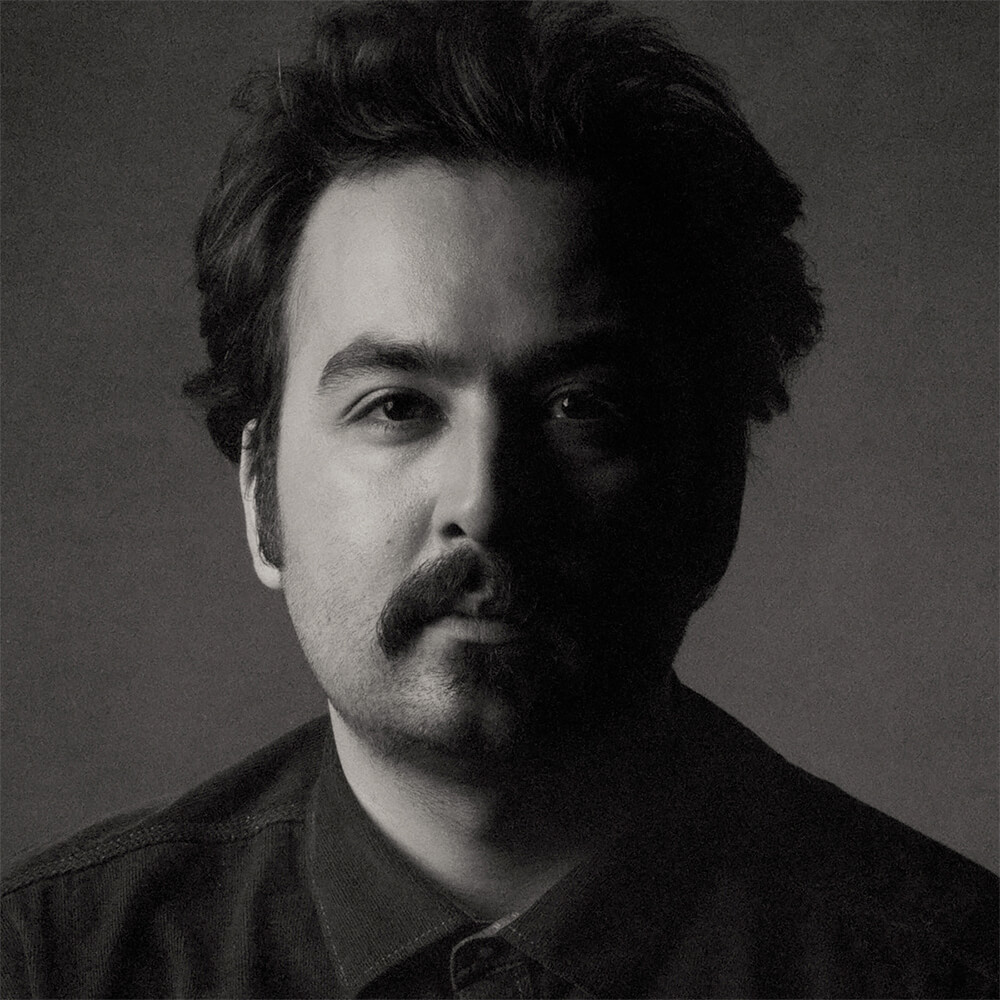Mohammad Sorkhabi was born in Mashhad-Iran in 1985. He has been engaged in portrait photography since 2013.
Most of his artworks are inspired by Renascence and Baroque portrait paintings so he mostly uses the classical lighting techniques and pictorial editing of the works with a subtle expression-filled by emotions and poetic feelings that indicate social issues. Mood Photography is the style of Mohammad which makes the audience communicate with the poetic feeling of his art better. His portraits emphasizing on social issues through deep abstract feelings and delicate expressions in the eyes of his models.
Awards:
Fine Art's first reward in Canada Tirgan Festival-2015. Two artworks of him have been chosen for the final section and have been displayed in Malaysia-Kuala Lumpur portrait contest-2015. Also second and third place in beauty and portrait category and four honorable mention in Moscow photo awards(MIFA)-2015. Winning medal in Asahi Shimbun photo contest, Japan 2017
Mourning for the father
War is defined as a long-term structured conflict involving the use of arms and weapons between nations, governments and different groups, which is associated with severe hostility, social disruption, and excessive financial loss and casualties.
Today, we constantly witness such conflicts across the world, with the media spotlighting the loss of thousands of soldiers and death of civilians during wars. However, we are rarely informed on the survivors of wars and their destiny.
What becomes of them? How does war influence the lives of those who have lost their loved ones? How do women mourn the deaths of their husbands, fathers, and brothers and cope with such grave tragedies?
These contemplations have urged me to start a project in order to shed light on these events and reflect the grand suffering of war survivors only partly. My photographs have been inspired by the works of Renaissance painters, and this can be seen in the classical lighting techniques and pictorial editing of the works. In addition, the black veils on the models signify the spiritual aspect of the photographs, symbolizing the catharsis born out of a plethora of grief and agony.
